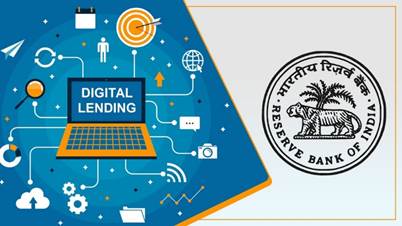Free Courses Sale ends Soon, Get It Now


Free Courses Sale ends Soon, Get It Now



Disclaimer: Copyright infringement not intended.
Context
BACKGROUND
RBI’s new guidelines on the backdrop of illegal lending
RBI Guidelines on Digital Lending
.jpg)
Lack of clarity regarding FLDG
What is FLDG?
Lack of clarity
Significance of RBI’s guidelines in general
© 2024 iasgyan. All right reserved